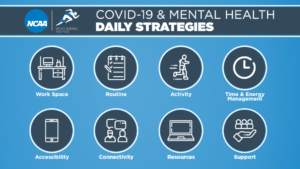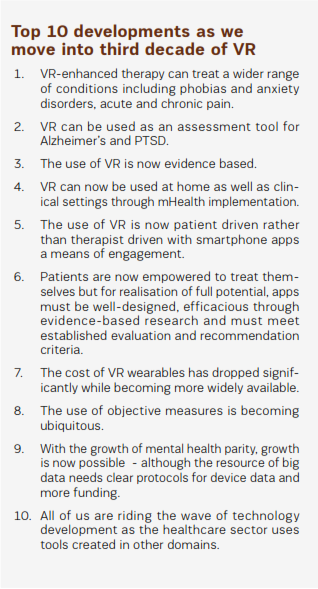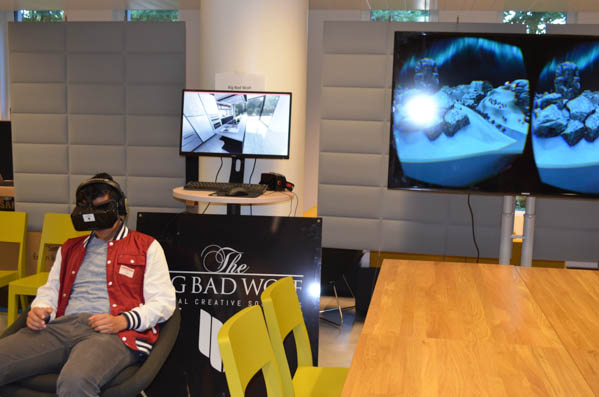What You Can do to Reduce Your Anxiety About COVID-19
What You Can do to Reduce Your Anxiety About COVID-19
Since everyone reacts differently to situations like COVID-19, it is important to be prepared to handle any type of anxiety or fear you may be feeling at this time. When things in your life become so uncertain and you don’t know what is going to happen, you may begin to panic or have severe anxiety. And one of the worst things about this crisis is that most of the world is on lockdown so we cannot just go to a friend’s house, to the gym, or whatever else you typically do to deal with your stress.
However, that does not mean that you cannot do something to deal with your emotions. First of all, you don’t have to go to the gym to work out. Even if you don’t have any kind of exercise equipment at home. One of the best ways to exercise is to walk. Yes, you can go outside for a walk. Just stay at least six feet away from anyone you happen to see. Another way to get some exercise and enjoy the outdoors is gardening or yard work. Since the weather is getting warmer, go ahead and start getting your garden ready or just walk around the yard and pick up sticks, rocks, and other debris that may have made its way into your yard during the winter.
Don’t forget to talk to people. Just because you are quarantined does not mean you cannot communicate with your loved ones. Use Facetime, videochat, text, or just talk on the phone to friends, family, or anyone. Not only will you feel better, you will make the other person happy as well. Loneliness is real. Do not isolate yourself so much that you are not talking to anyone at all. Another way to help your anxiety is to use virtual reality therapy. Whether that means connecting with a therapist on telementalhealth or coming into a clinic, like the Virtual Reality Medical Center in La Jolla, Dr. Brenda Wiederhold is available to treat any type of anxiety management.
Talking to Your Kids About COVID-19
Your kids may not seem like they are anxious about this COVID-19 crisis, but they probably have a lot of questions about what is going on. For example, they are probably wondering why they have to stay home from school. Although many kids like this vacation from their daily routine, most are probably getting anxious about what is going on. The younger ones that are not in school yet may even be wondering why their siblings are home and why they cannot go see their friends or go to the park.
Do not just tell them not to worry about it and try to shield them from the COVID-19 issues. Because we all know that you cannot stop someone from worrying by telling them not to worry. In fact, in many cases, it will make them worry more. Listen to your child’s questions and answer them as best as you can. If you do not know the answer to their question, go on trusted sites like the CDC and look for the answers and ways to help your children cope. Without overwhelming your child with too much information, go ahead and let them know what is going on because what is going on in their imagination may be much worse than the truth.
If your child is really having a hard time dealing with things, it is important to get them some professional help. Although most mental health providers are not taking appointments right now because of the quarantine, you can always find online counseling. Most online counseling can be done without ever having to go to the office and can all be done from home. In addition, talk to Dr. Brenda Wiederhold from the Virtual Reality Medical Center about her options to help during this COVID-19 lockdown.
Taking the Anxiety Out of COVID-19 for Those with Pre-Existing Anxiety
During these troubling times, it is difficult for anyone to deal with their anxiety and stress. Those with pre-existing anxiety disorders can really have a tough time with the COVID-19 crisis. But there are things you can do to help yourself or others who may not be handling the situation well.
First of all, turn off the news. Watching too much coverage about COVID-19 can make anyone anxious. While it is good to be informed, it is more important to take a break from the constant worry and think about other things for a while. Your mental health needs a break sometimes.
Talk to someone if you feel like you are becoming overwhelmed. Even if you already have a therapist, they may not be available to you right now. Many mental health providers are not taking appointments right now except for virtual visits or online counseling. If your therapist does not offer this kind of help, contact one that does.
There are many out there and you don’t even need an appointment for most of them. Then you can talk to them by text, phone, chat, or videochat. Many health plans are also relaxing their payment schedules for virtual visits during this time of “shelter in place”.
Another example would be to use virtual reality therapy. This type of therapy involves using virtual reality to expose you to your fears gradually. It works extremely well with anxiety disorders and phobias. Dr. Brenda Wiederhold of the Virtual Reality Medical Center offers treatment for all types of anxiety, phobias, and pain management. In addition, there are relaxation apps that one can find on the app store such as Calm, Headspace and Kardia that may help get you through these difficult times. Remember, now more than ever, we must be mindful of our mental well-being.





